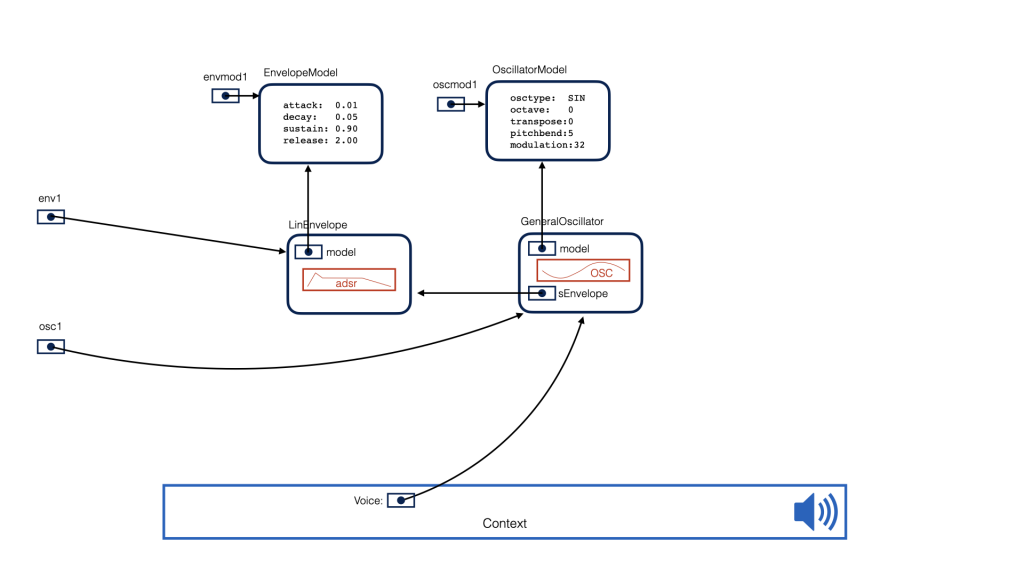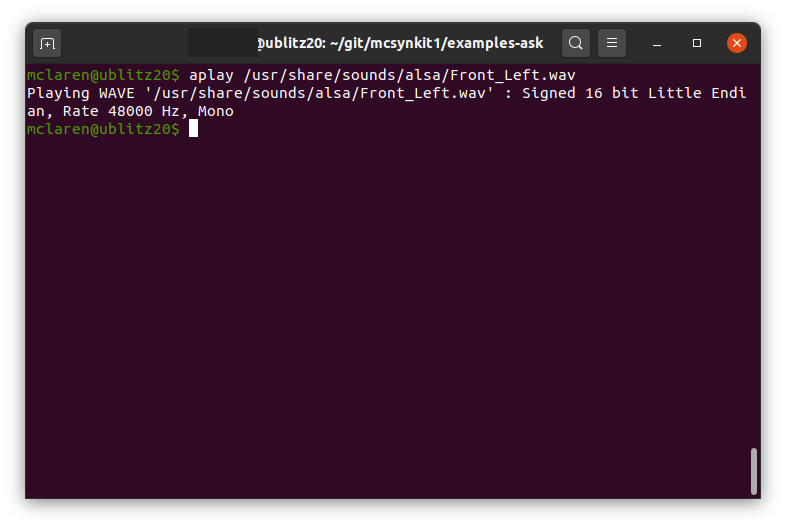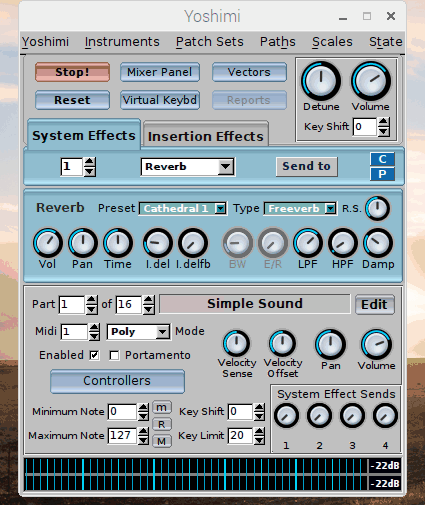Virtual Midi – bridging rtpmidi to Reaper and Bitwig: A Case Study for the Behringer X-Touch.
The Linux ALSA MIDI subsystem has a lot of capabilities and it takes a while to learn all of the bits and pieces that are available. Such was the case when one of our customers wanted to connect Reaper to an external RTP-MIDI capable device (a Behringer X-Touch). The solution was the snd-virmidi kernel module. This post will describe what snd-virmidi does and how it can be used to bridge different types of software.
The types of Linux device Access
MIDI hardware devices connected to Linux show up through simultaneously through two distinct mechanisms.
- the RAW MIDI interface
- the SEQ (sequencer) MIDI interface
The figure below illustrates this situation. On the left is the “RAW” MIDI software interface and on the right is the “SEQ” MIDI interface. When an external device is connected, these two distinct interfaces are created for it.

The RAW interface
The RAW interface for software programs presents MIDI data as an uninterpreted byte stream. A ‘noteOn’ message will appear as a sequence of bytes (0x90, 0x??, 0x??) for a software program to interpret according to the MIDI standard. The stream of bytes on this interface is not timestamped and is not interpreted.
Read More »Virtual Midi – bridging rtpmidi to Reaper and Bitwig: A Case Study for the Behringer X-Touch.


